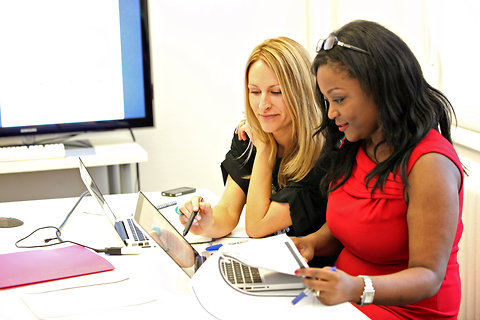“It’s Question 1 at the cocktail party,” he said. “If someone like me doesn’t ask this question, they’re silly.”
Mr. Liss is a founder of Closeline, a nationwide title insurance company. He is wealthy, so people think he has money to invest in their ideas. He has learned that how he responds to them takes more than a little thought.
He said he knew not to turn down a request on the spot. He sees no reason to offend the person and he has had success with investments that have come to him through friends. Yet Mr. Liss has also lost friends and money in investments that fell at his feet, so he has grown more circumspect in the two decades since he started his company.
Others have learned the same lesson. “The first thing I tell clients is, ‘One of the things that happens when you’re successful is somehow, some way, someone is going to ask you for money, and it’s going to be someone you know,’ ” said Jeff Leventhal, a managing director at HighTower Bethesda, who has focused his advisory practice on working with entrepreneurs.
The decision to decline or invest, say those with deep pockets, requires as much an analysis of the offer and the person making it as an assessment of the pain of losing a friend if the investment turns sour.
PARRY THE PITCH Chat Reynders, chief executive of Reynders McVeigh Capital Management, said he had grown cautious of the typical party pitch since the 2008 financial crisis. They seem to be thinner.
“More often than not what you have is a situation where someone is reinventing himself or trying to get their feet beneath them, and they have an idea,” he said. Most times, he said, the person doesn’t understand how hard it will be to bring that idea to fruition.
He speaks from experience. He is now a successful investor in and producer of Imax films like “Whales”and “To the Arctic,” but he had a tough start. “I got the tar beaten out of me,” he said. “The difficulty was in learning what I didn’t know. I learned a lot about how hard it is to be an entrepreneur.”
The one investment in a friend’s idea that still haunts Mr. Liss was far easier to grasp than an Imax movie. It was an investment in a store that sold bedroom furniture for teenagers, and the friend had some experience in retail. Mr. Liss believed in him and trusted that he would treat him well.
“It wasn’t completely harebrained, but looking back, the business was completely weak,” he said. “We lost it all.”
The friendship also ended, but not because of the investment. Mr. Liss said it was his friend’s reaction to failure, which as an entrepreneur he knew was possible.
Then there are pitches that require a stone-faced adviser to hear out, like one for the mobile electrolysis machine. “They would come to your home to conduct electrolysis,” said John P. Rompon, managing partner at McNally Capital. “I get it conceptually, but from a business perspective, that dog don’t hunt.” His firm was charged with letting the person down gently.
DEVELOP A PROCESS Many pitches are for something an investor may actually need. Amy Renkert-Thomas, managing director of Withers Consulting Group, for 12 years ran Ironrock, her family’s paving stone company in Ohio, which was founded in 1866.
When she took over, as a member of the fifth generation to run the company, she found processes in place to evaluate direct pitches for investments. But when an uncle approached her, seeking to sell insurance, it was more difficult.
She said she fell back on the company’s processes to assess all investments. She went with a different insurer, and her uncle understood, she said. More important, he is still happy to see her at Thanksgiving.
“What saves a family is having a policy we follow,” she said. “Most family members are not that offended when you tell them that. If you said, ‘I don’t like you,’ that wouldn’t work as well.”
Drew McMorrow, president of Ballentine Partners, said a strict set of guidelines on when and under what conditions they would make additional investment could also save people from investing more than they wanted. One strategy, he said, was to have all investments pegged to a percentage of what the person could raise from other investors — for example, putting in 20 percent of every outside dollar raised.

Article source: http://www.nytimes.com/2013/08/03/your-money/handling-an-investment-pitch-from-a-friend.html?partner=rss&emc=rss



